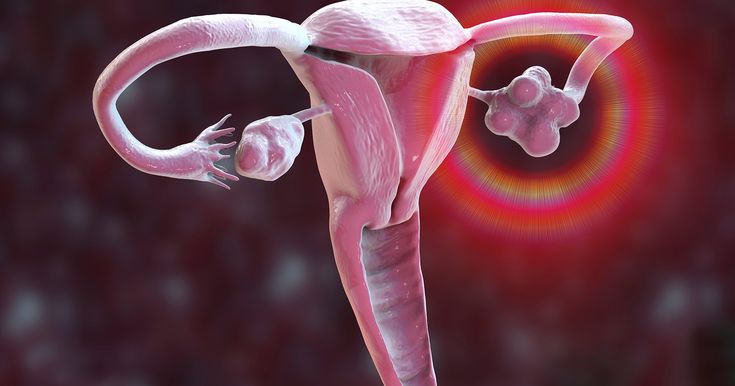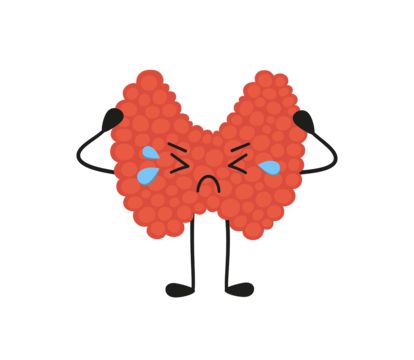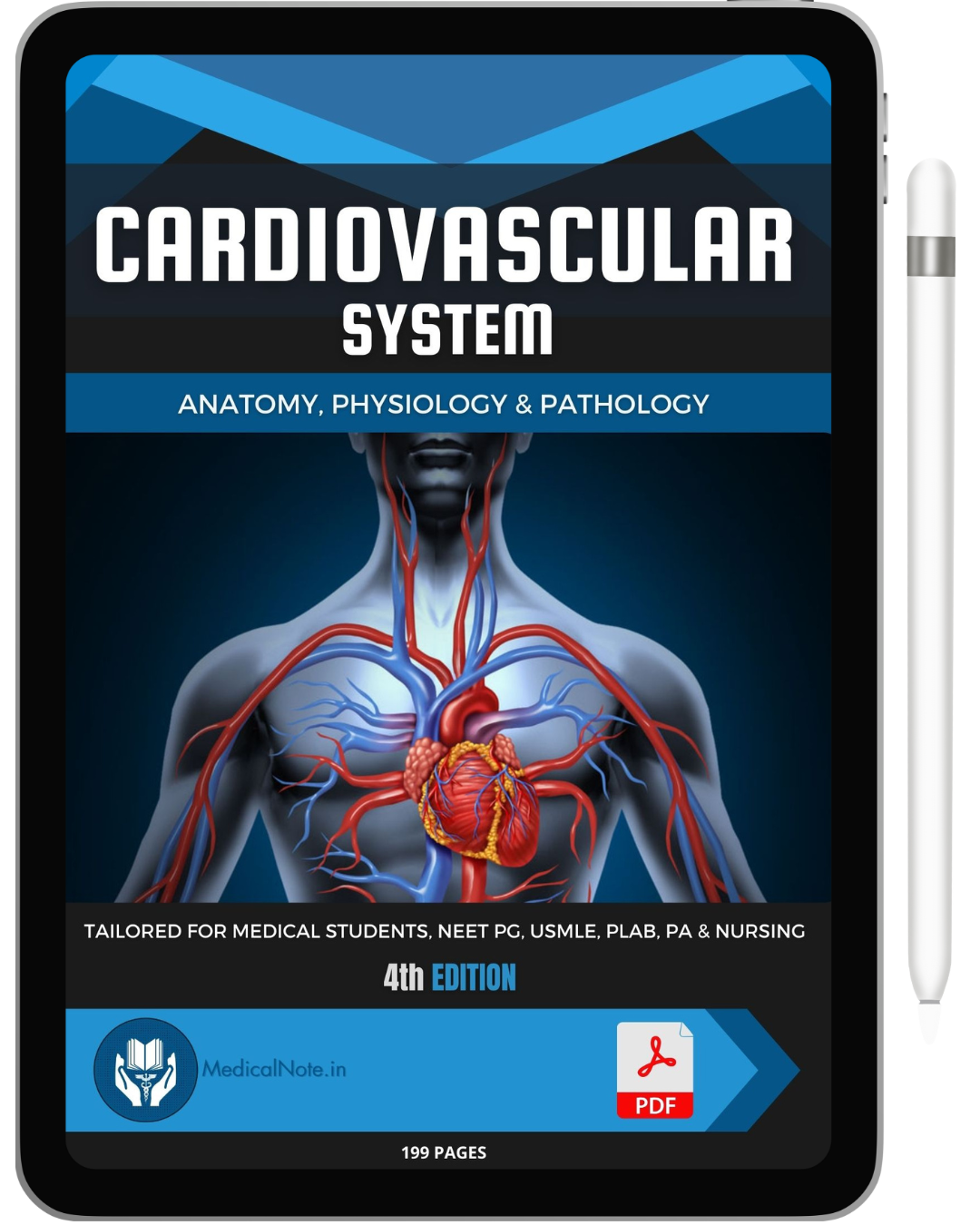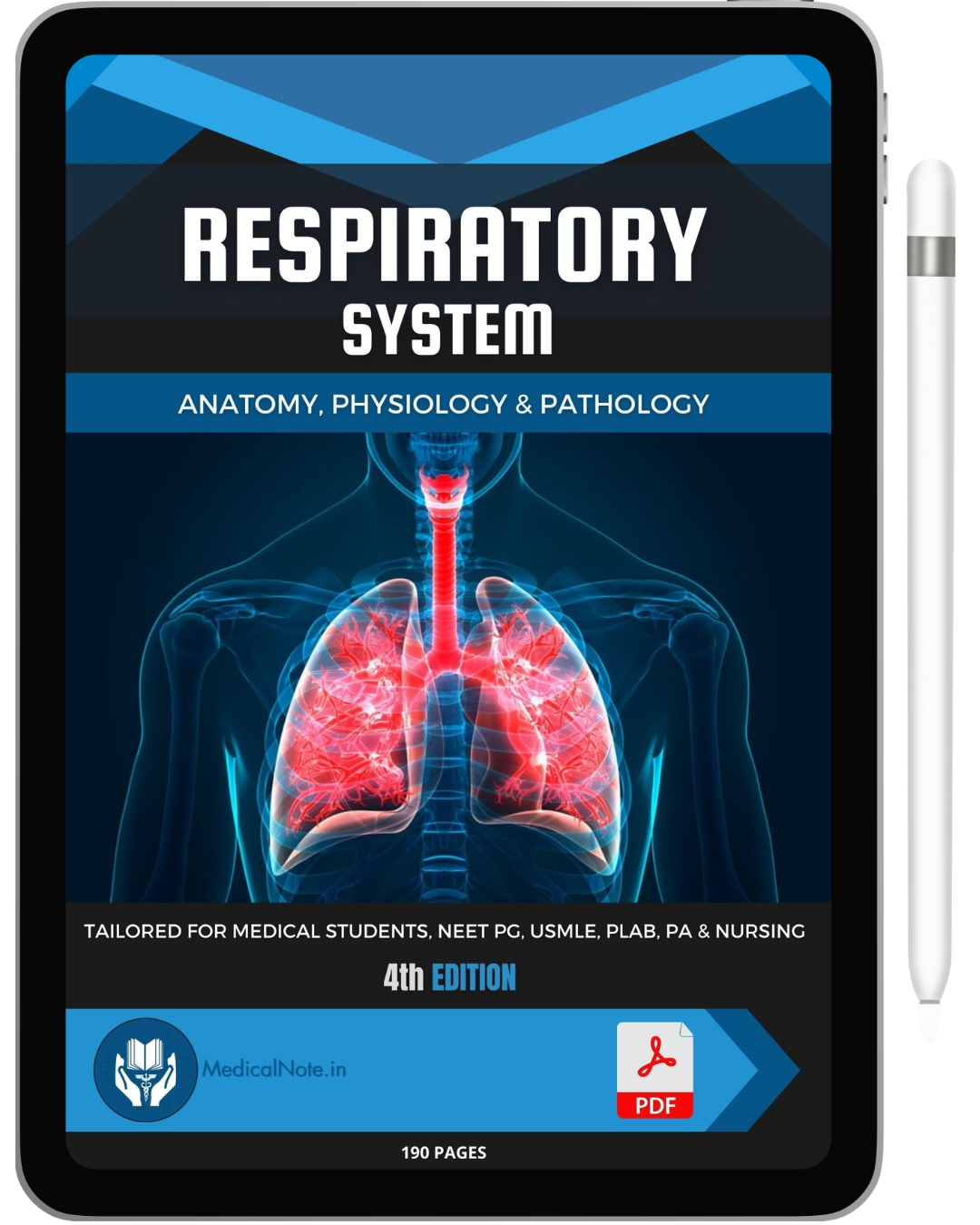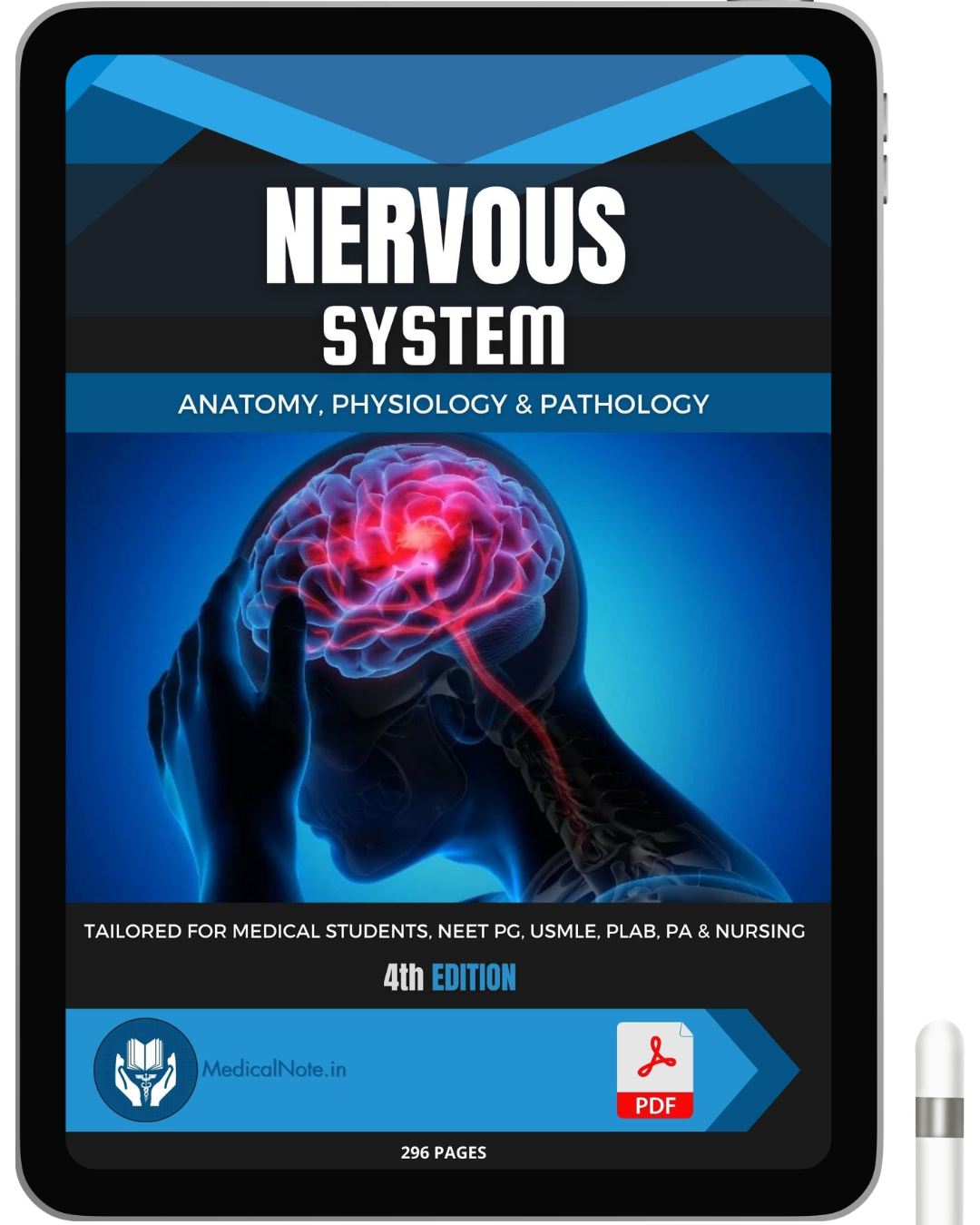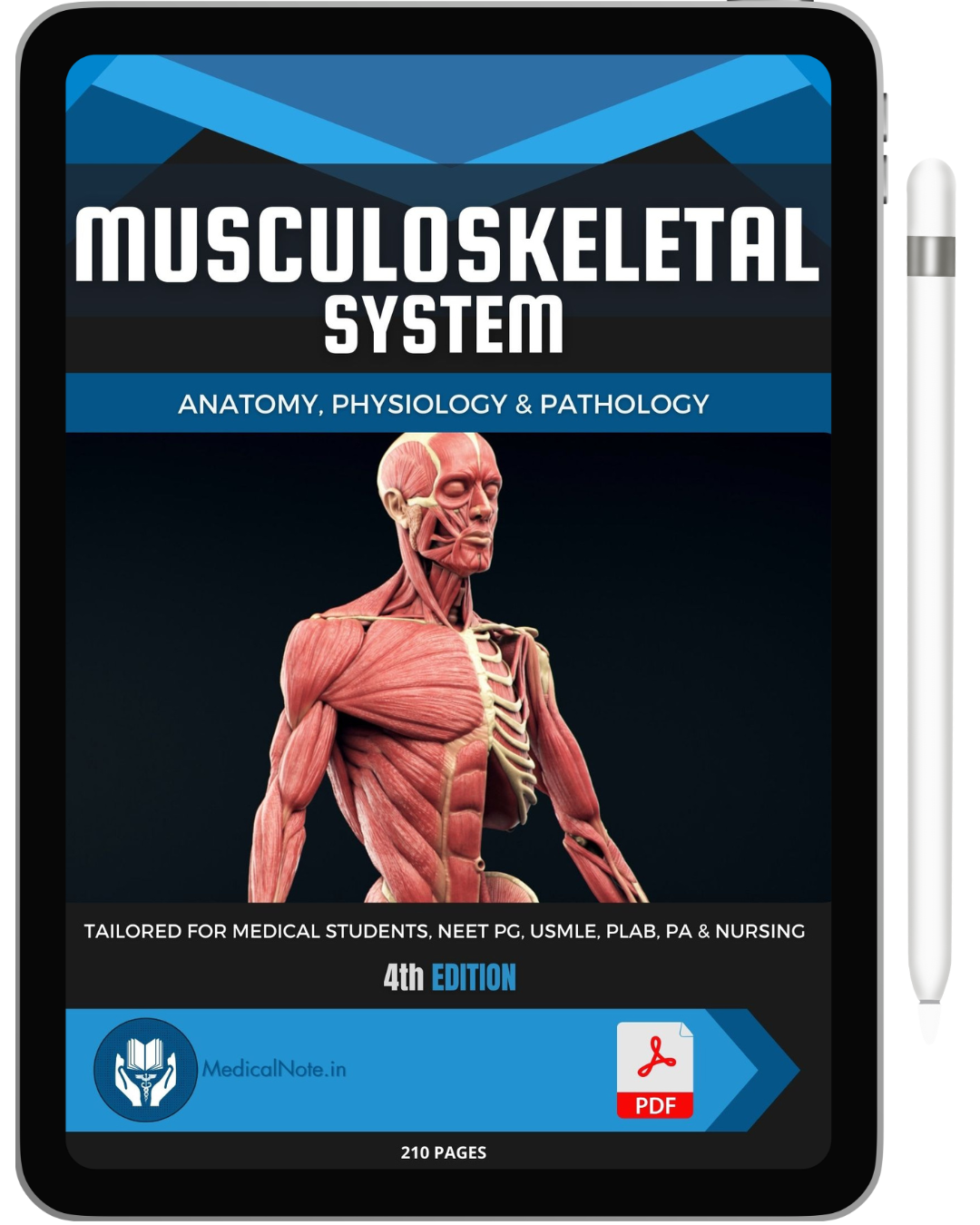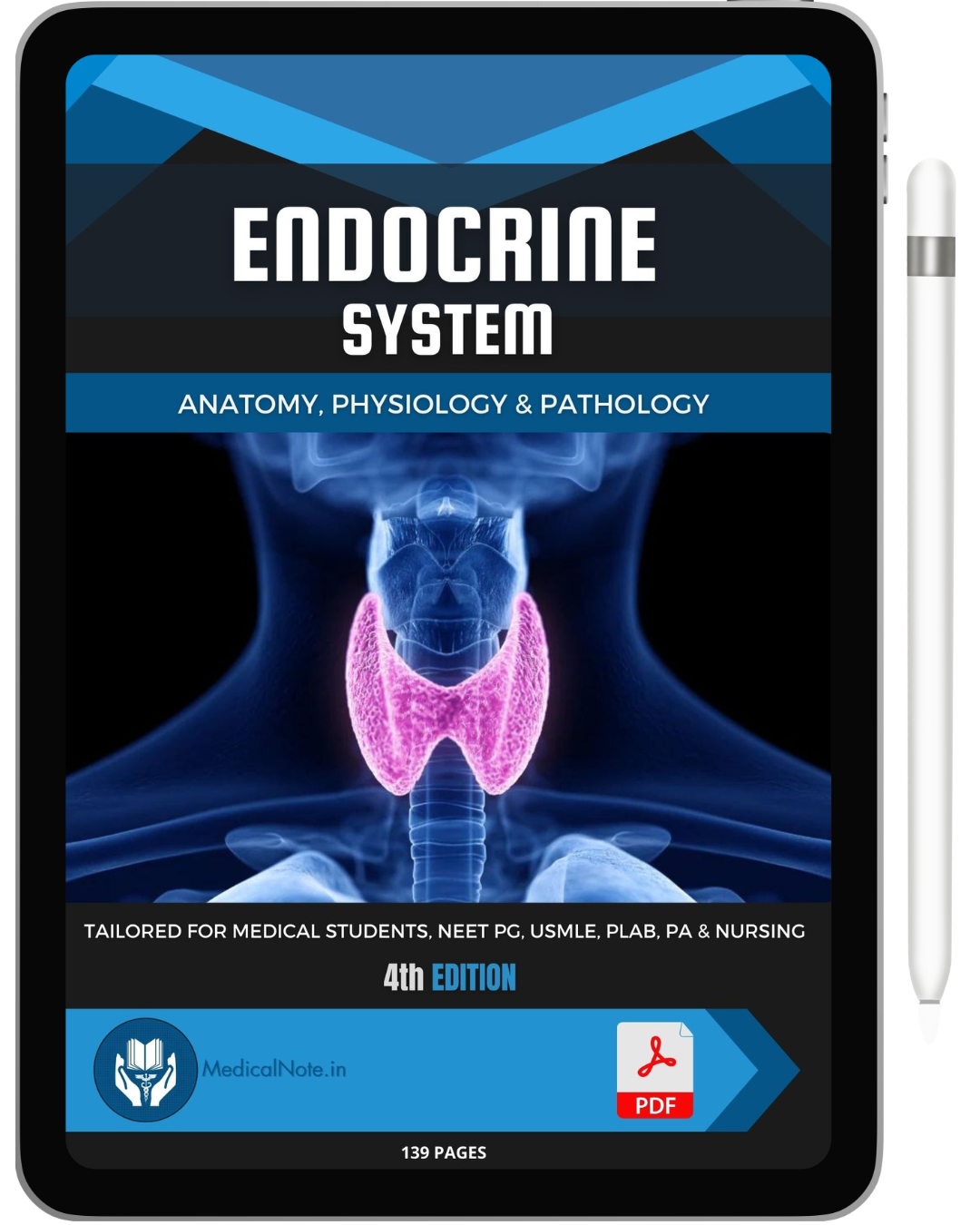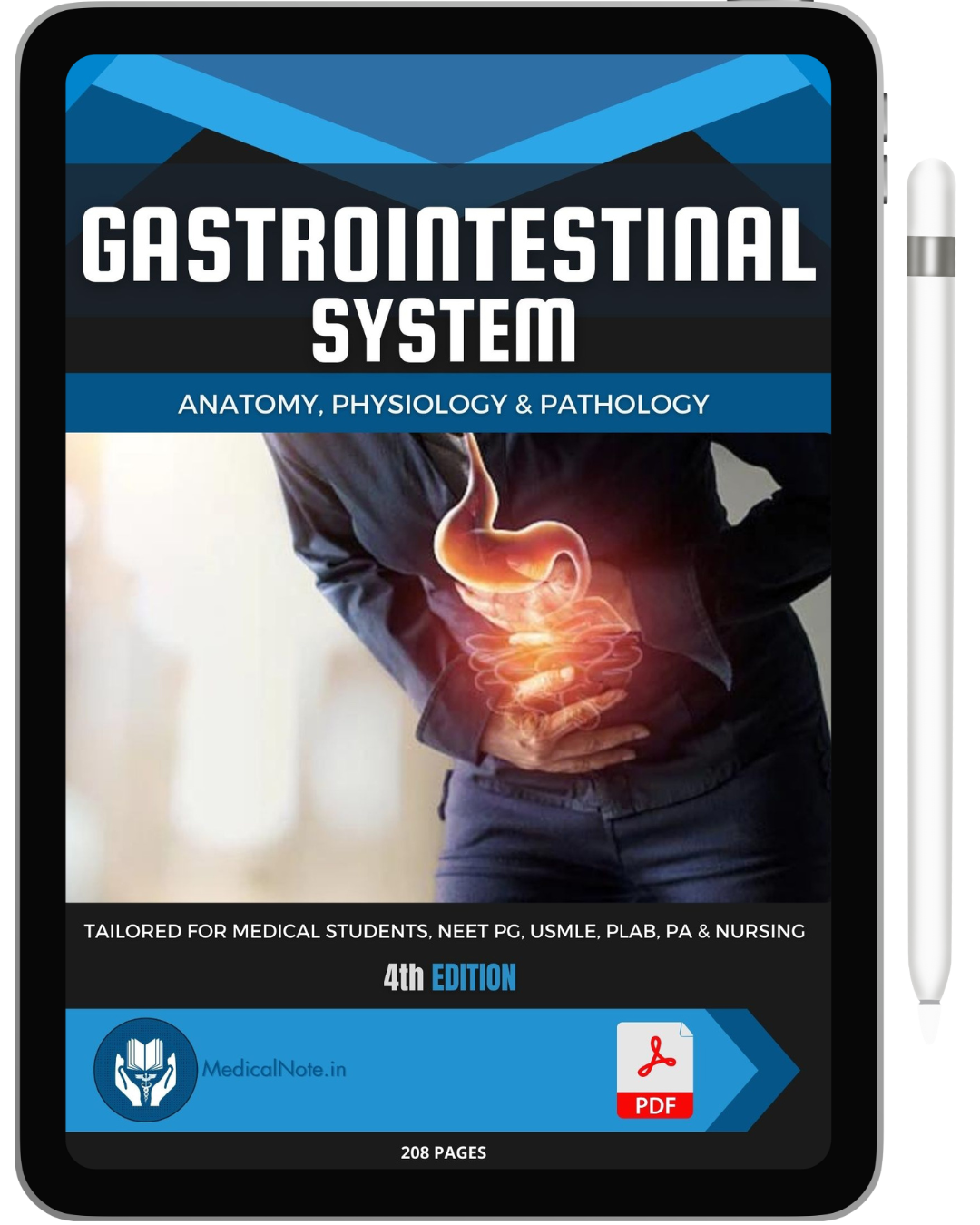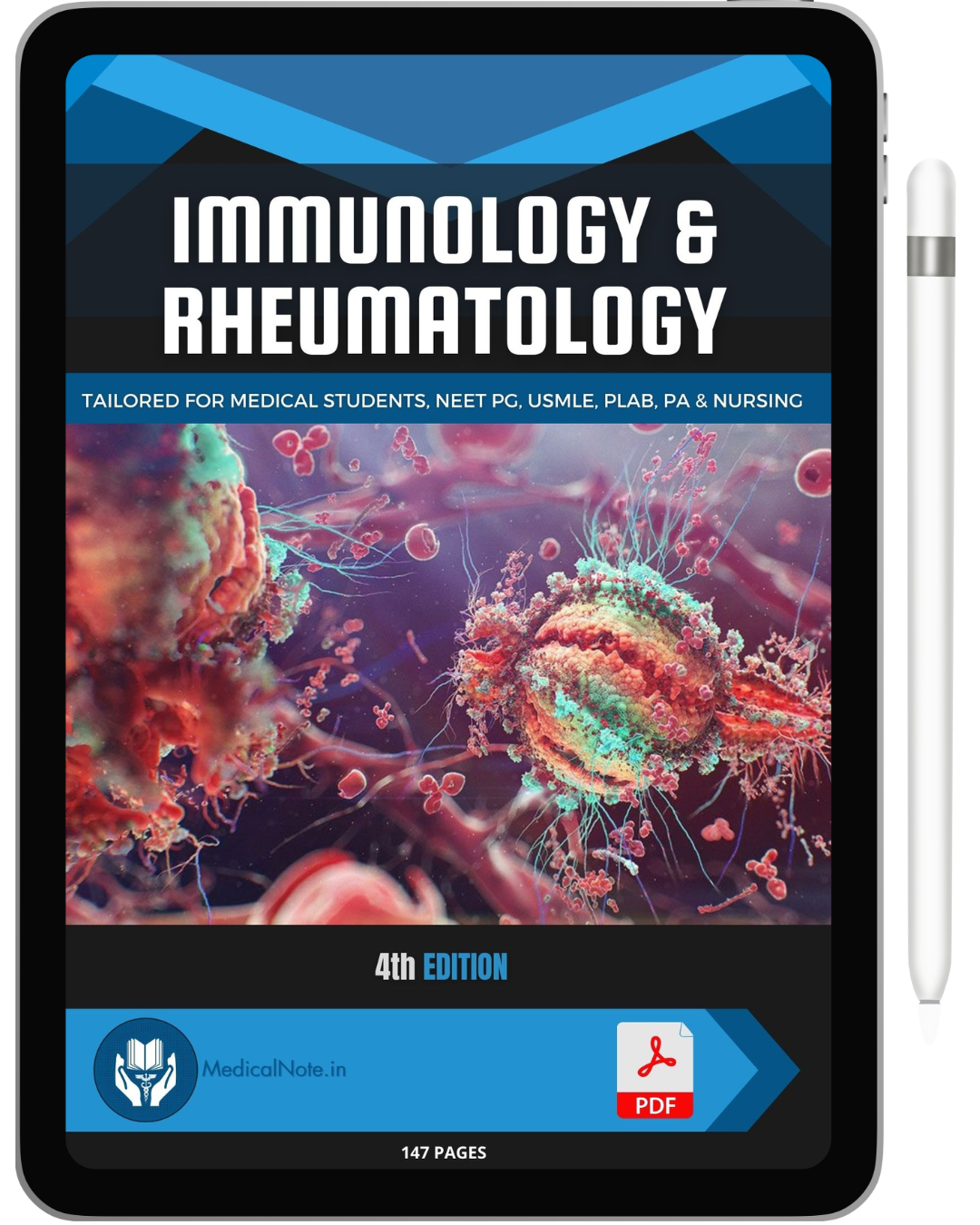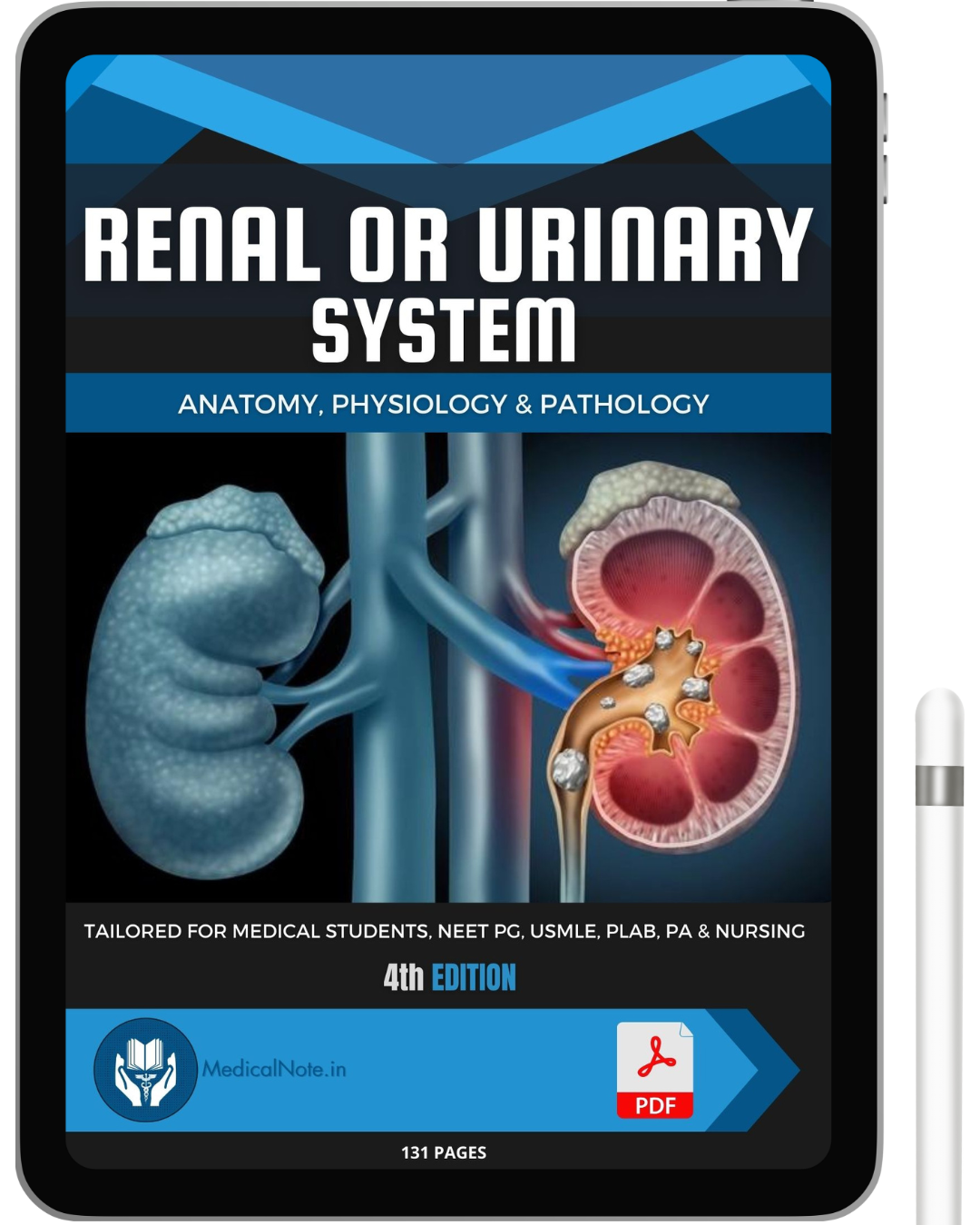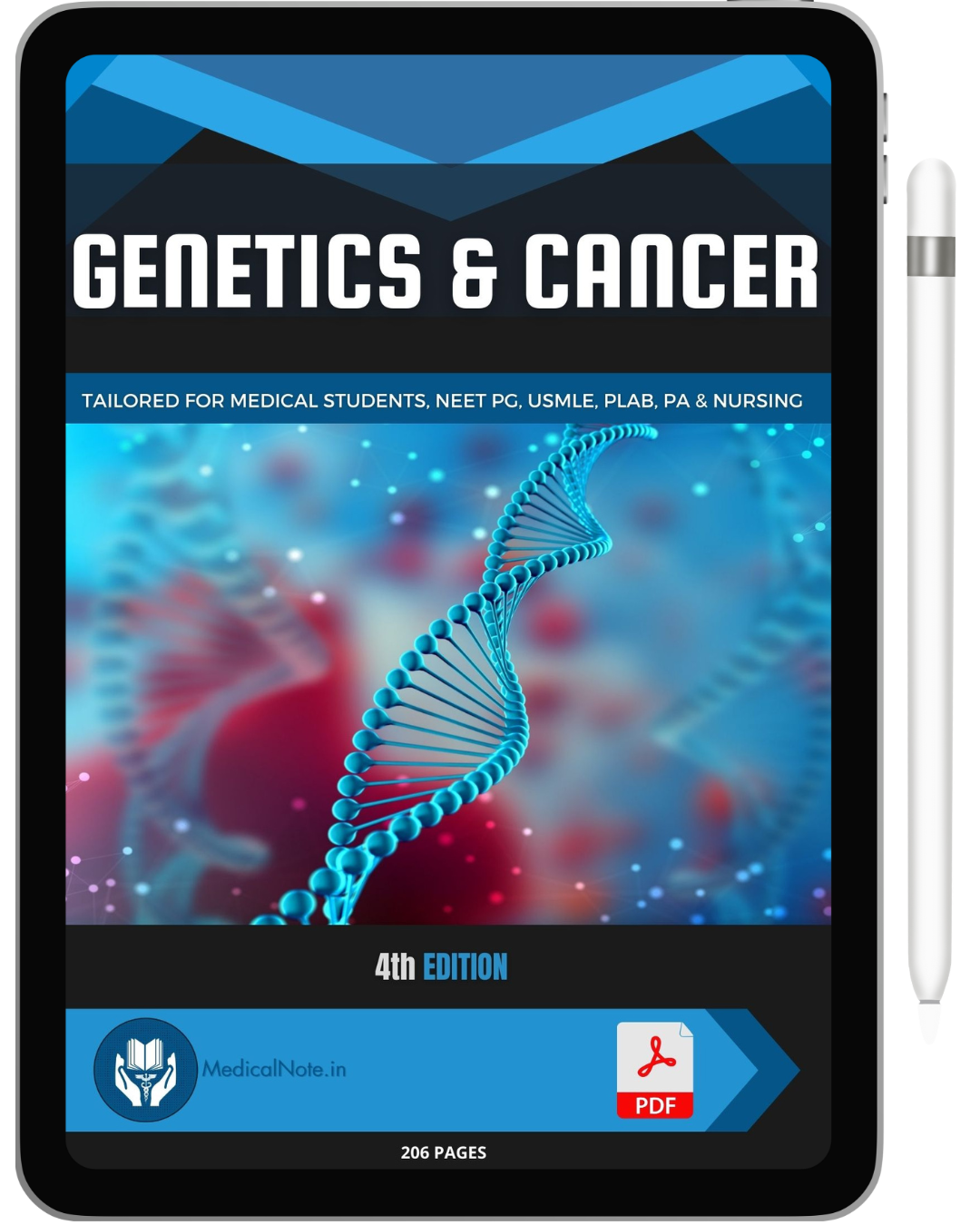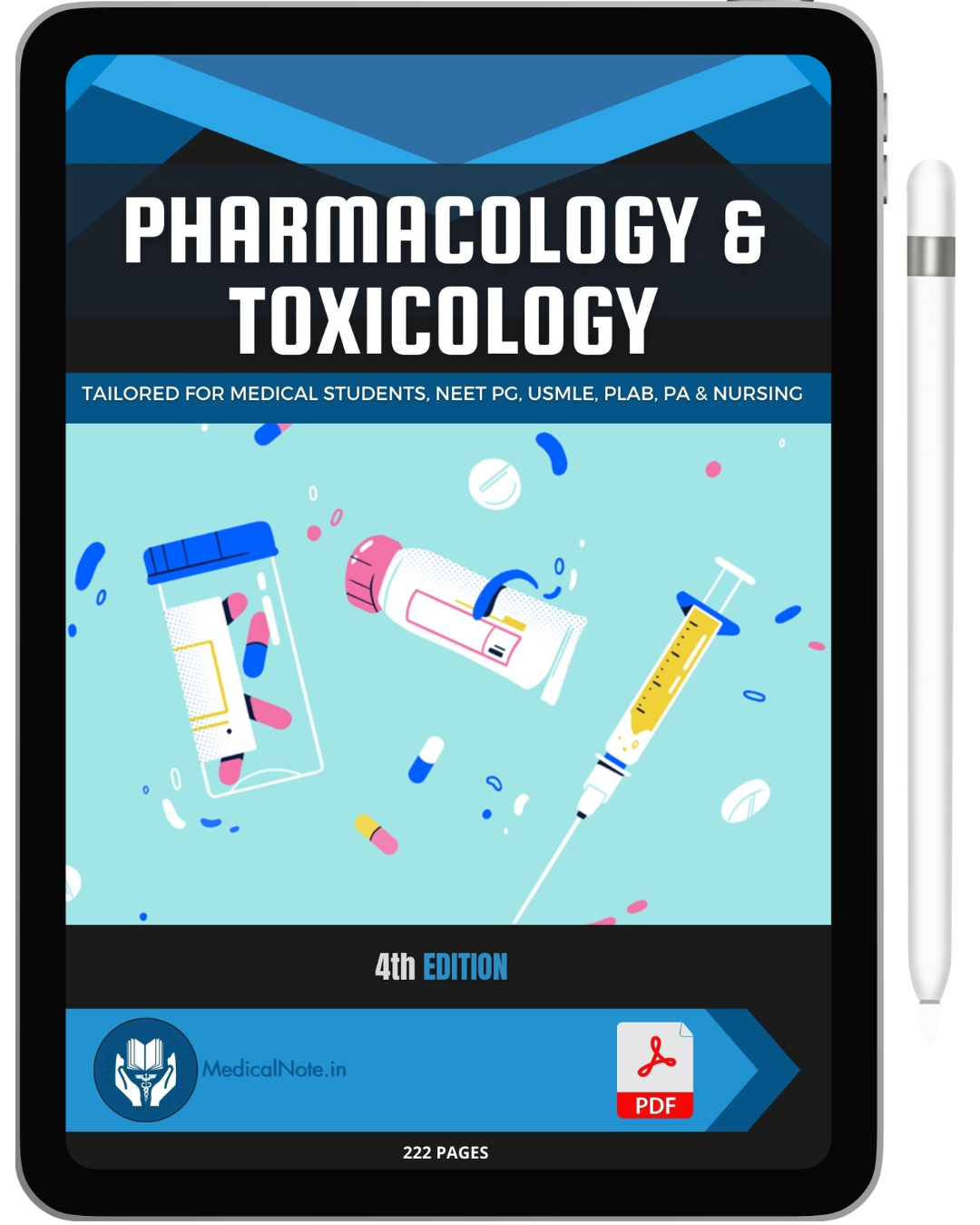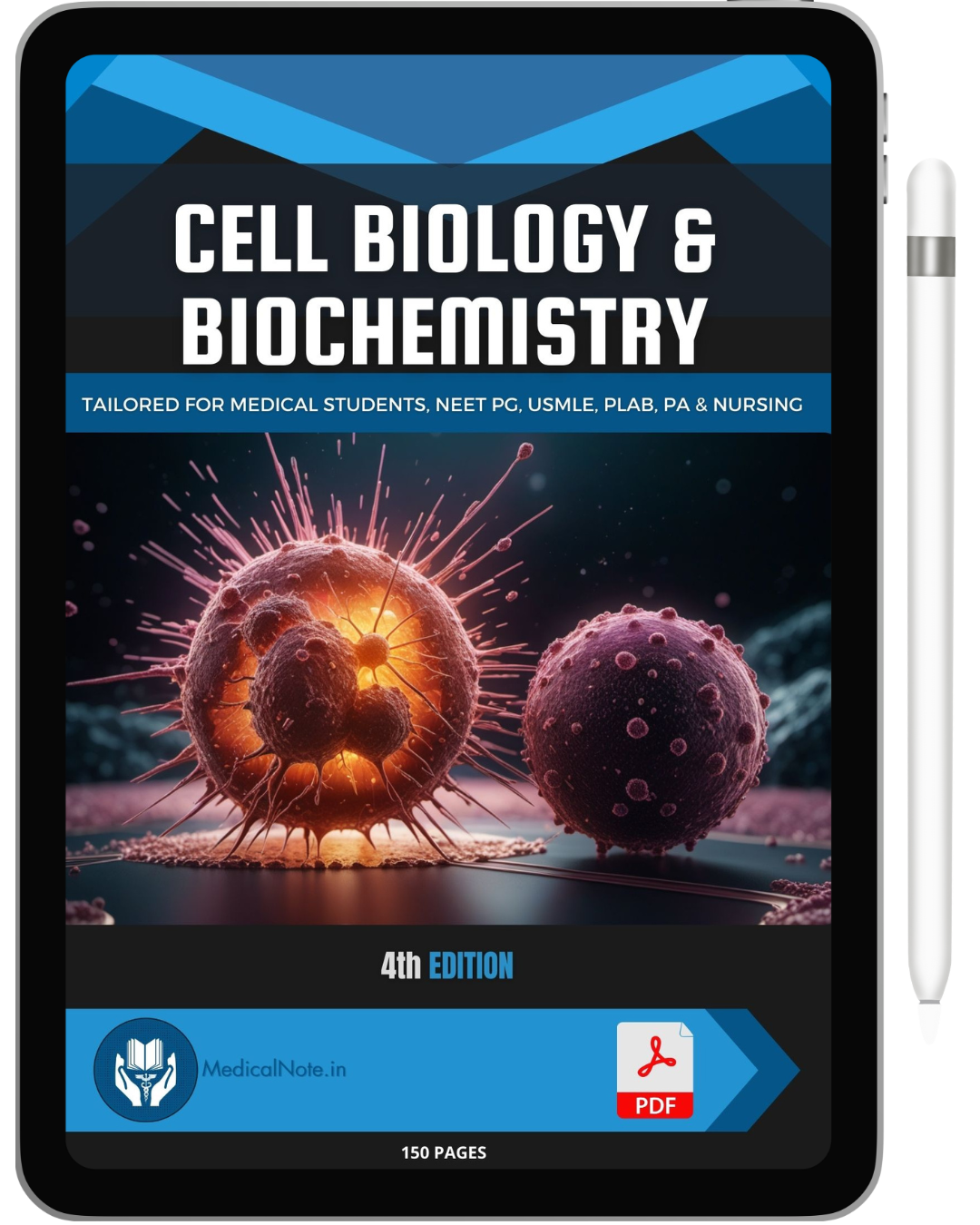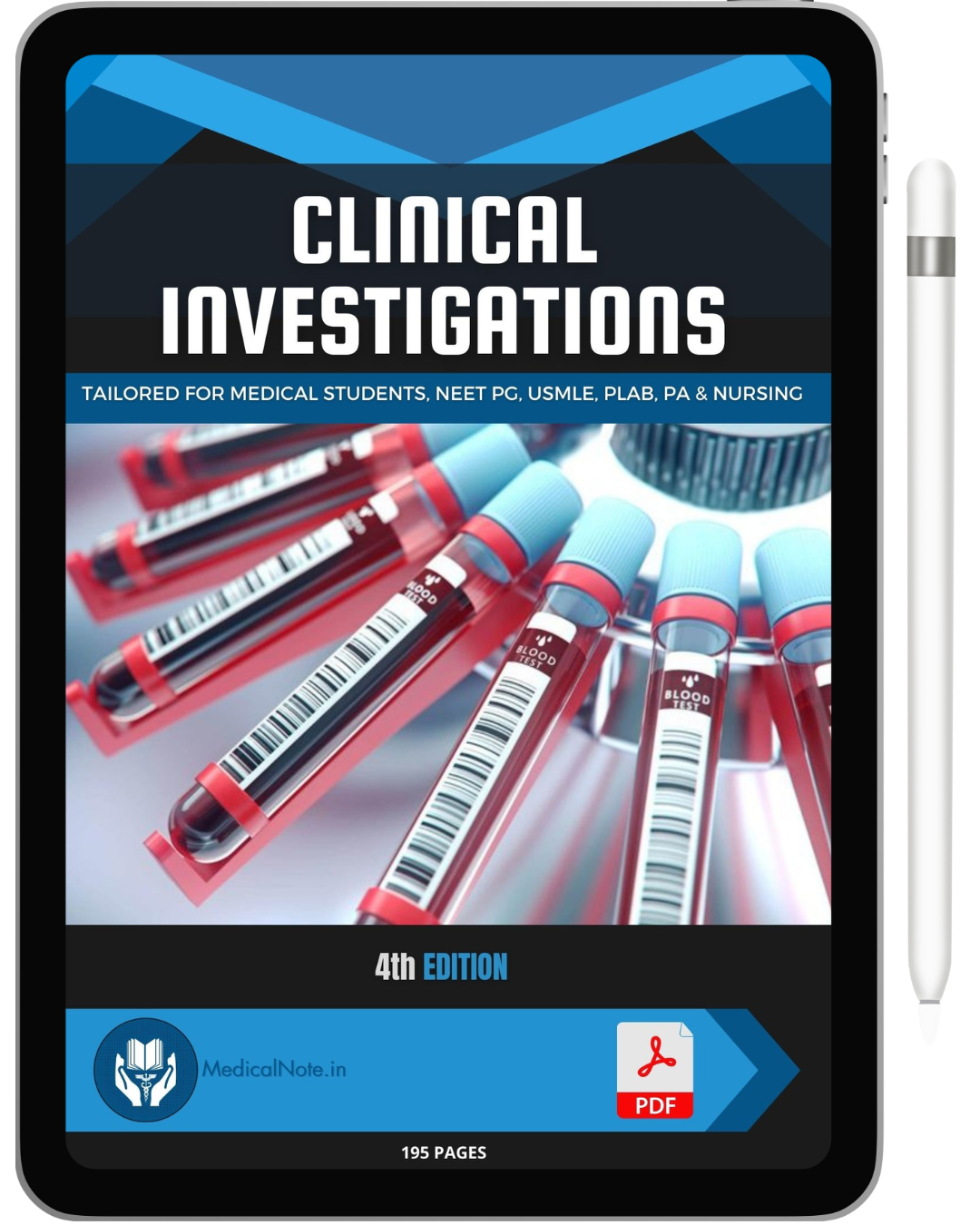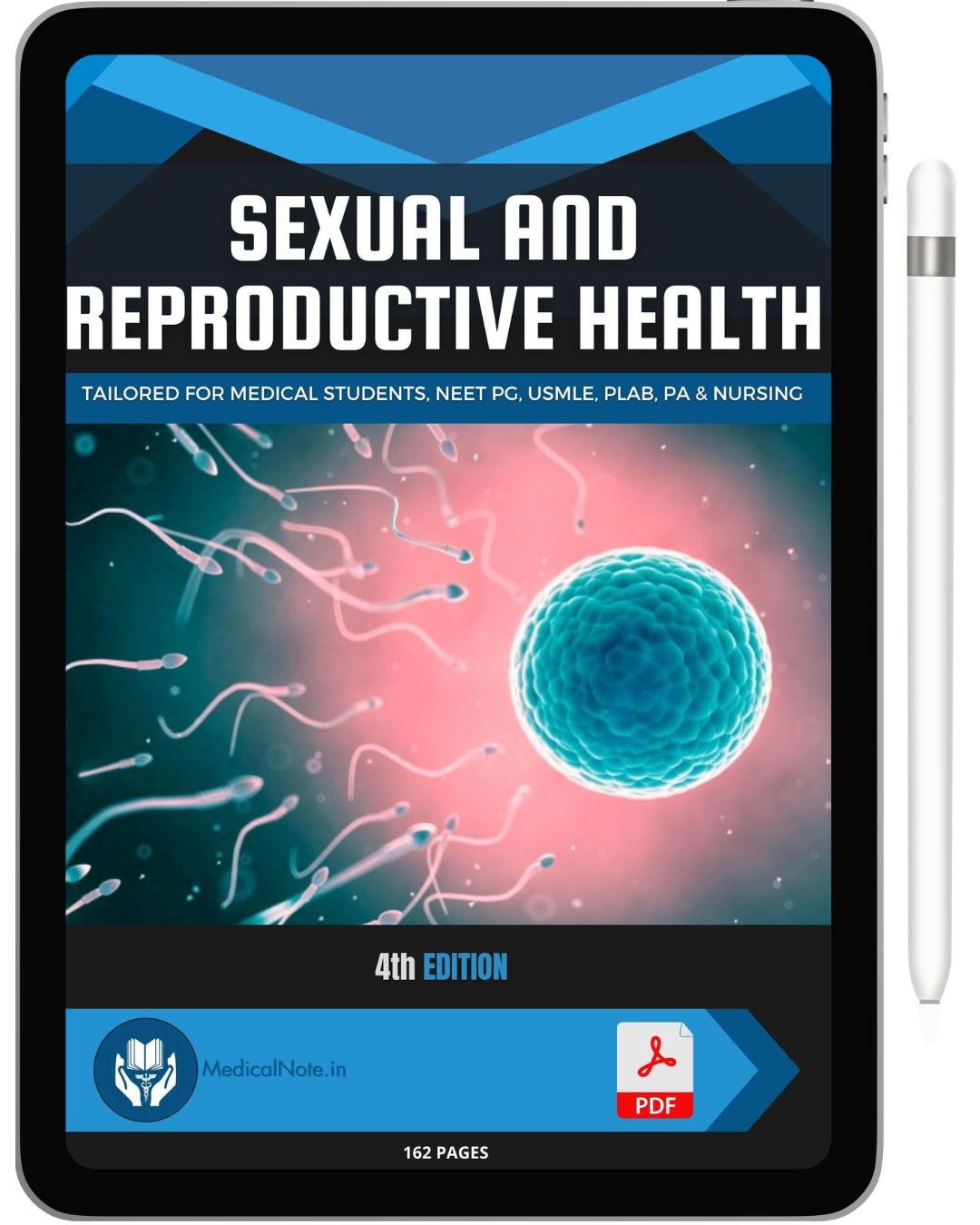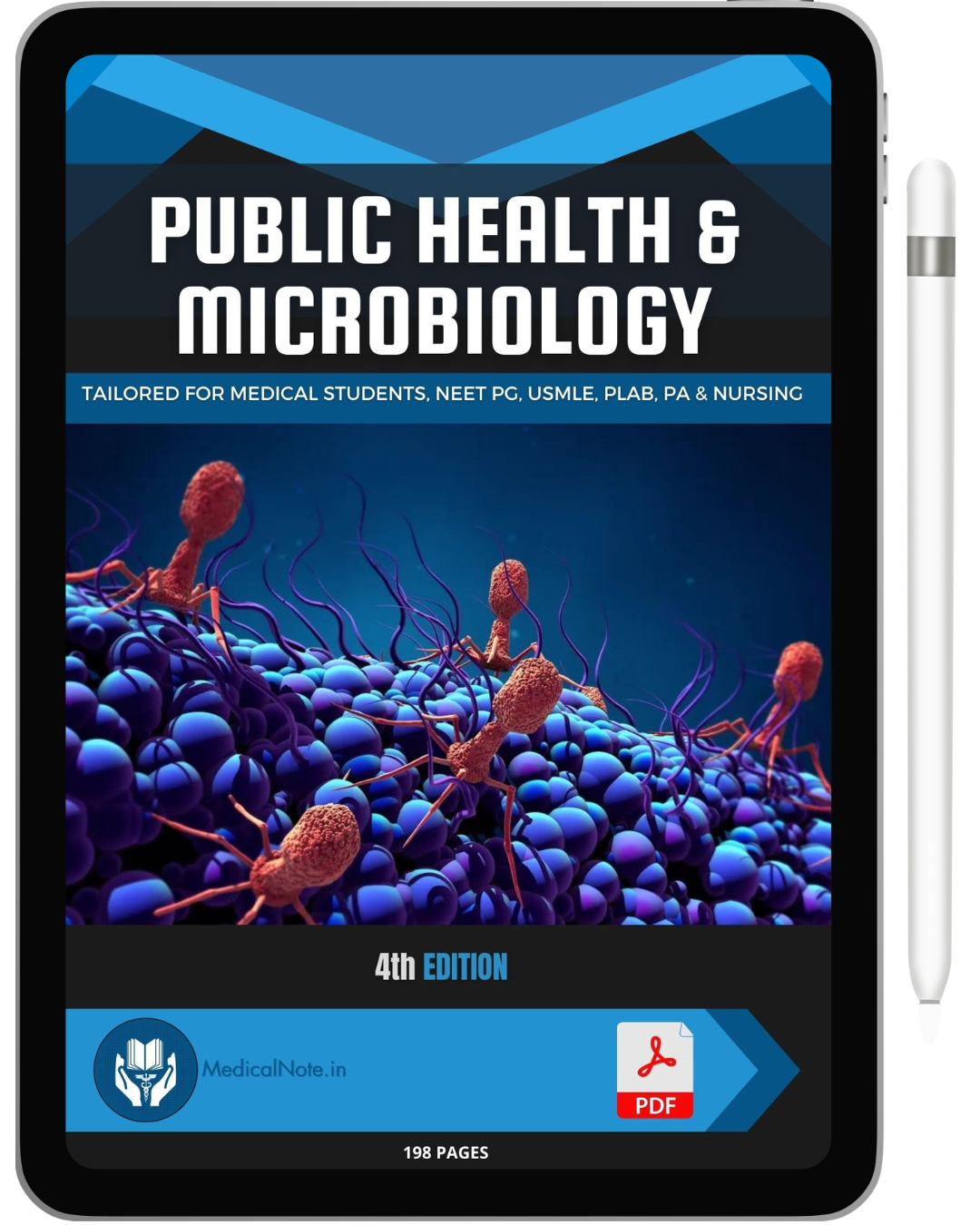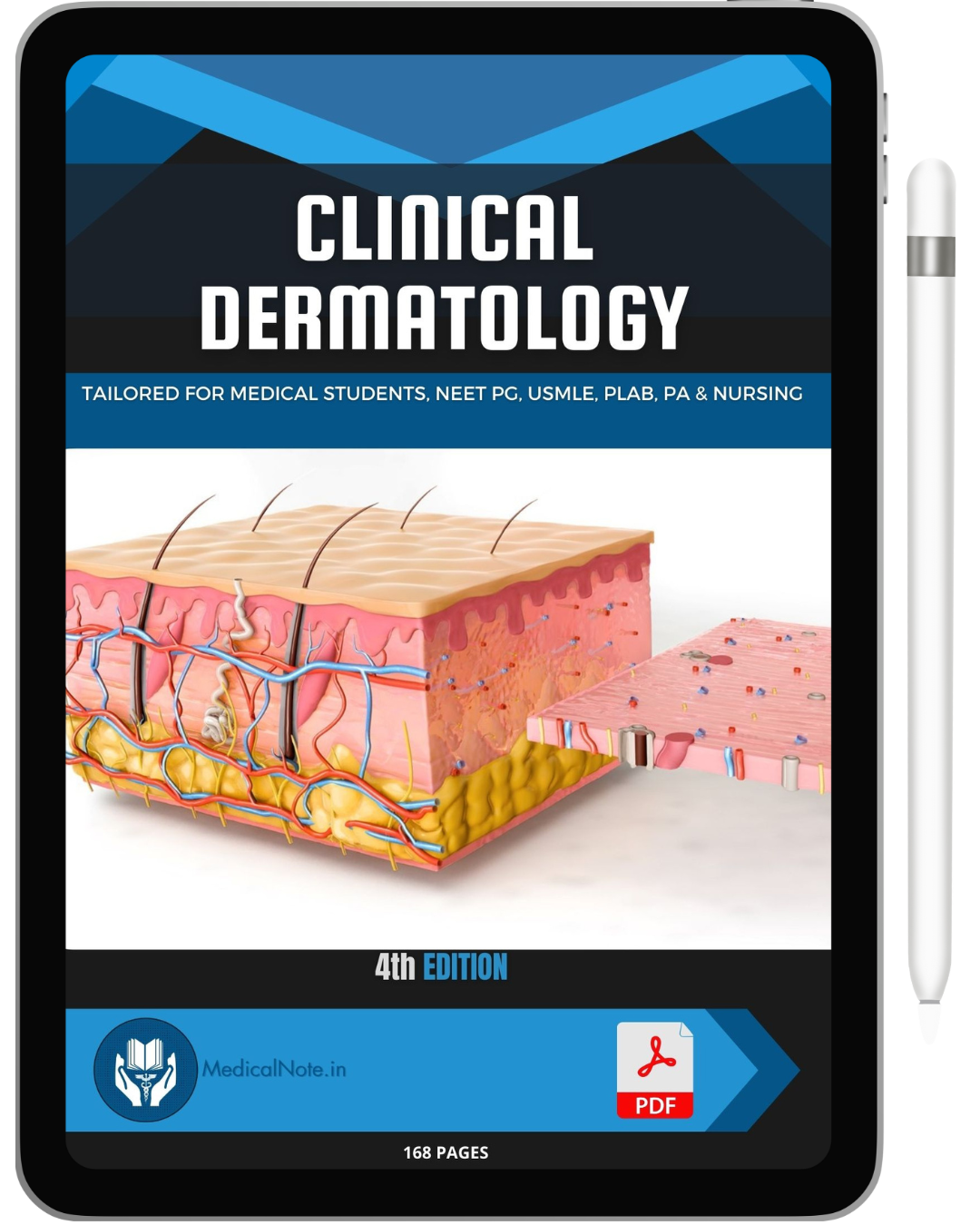Introduction
Male hypogonadism refers to testosterone deficiency due to gonadal or pituitary dysfunction, leading to infertility, reduced muscle mass, and low libido.
Types of Hypogonadism
1. Primary Hypogonadism (Testicular Failure)
- Causes: Klinefelter Syndrome, testicular trauma, radiation, infections (mumps orchitis).
- Features: High LH & FSH, low testosterone.
2. Secondary Hypogonadism (Pituitary/Hypothalamic Dysfunction)
- Causes: Pituitary tumors, Kallmann syndrome (GnRH deficiency), chronic illness.
- Features: Low LH, FSH, and testosterone.
Clinical Features
- Delayed puberty, reduced facial/body hair, gynecomastia.
- Low libido, erectile dysfunction, infertility.
- Muscle wasting, osteoporosis, fatigue.
Diagnosis
- Serum testosterone levels (measured in the morning).
- LH & FSH levels to differentiate primary vs. secondary hypogonadism.
- MRI brain for pituitary lesions if secondary hypogonadism suspected.
Treatment
- Testosterone replacement therapy (TRT) for primary hypogonadism.
- Clomiphene citrate or hCG injections for fertility preservation.
- Pituitary surgery for tumors causing secondary hypogonadism.
Conclusion
Early diagnosis and treatment of hypogonadism improve quality of life and fertility outcomes. These MBBS notes provide a structured approach to male reproductive endocrinology.



